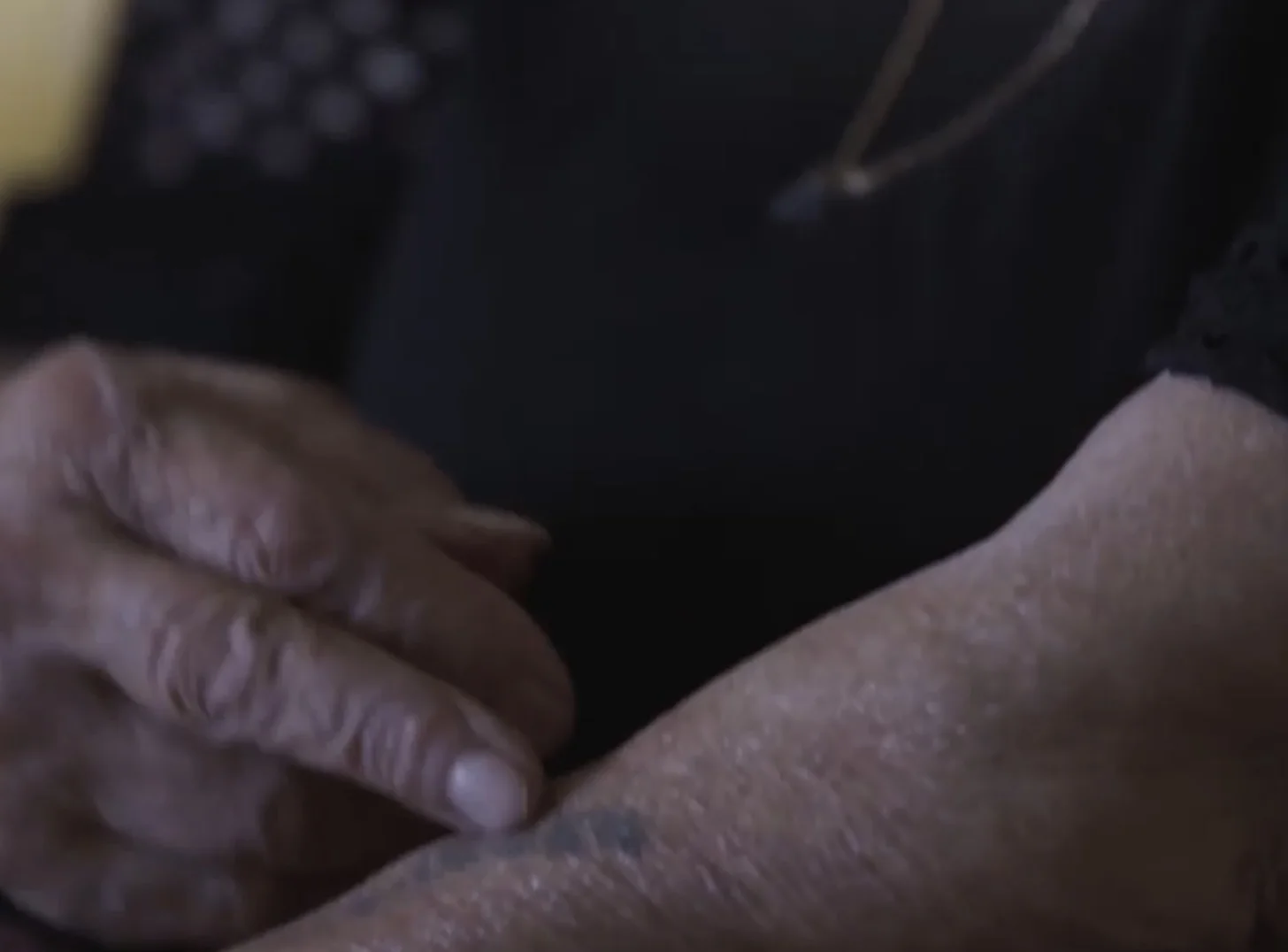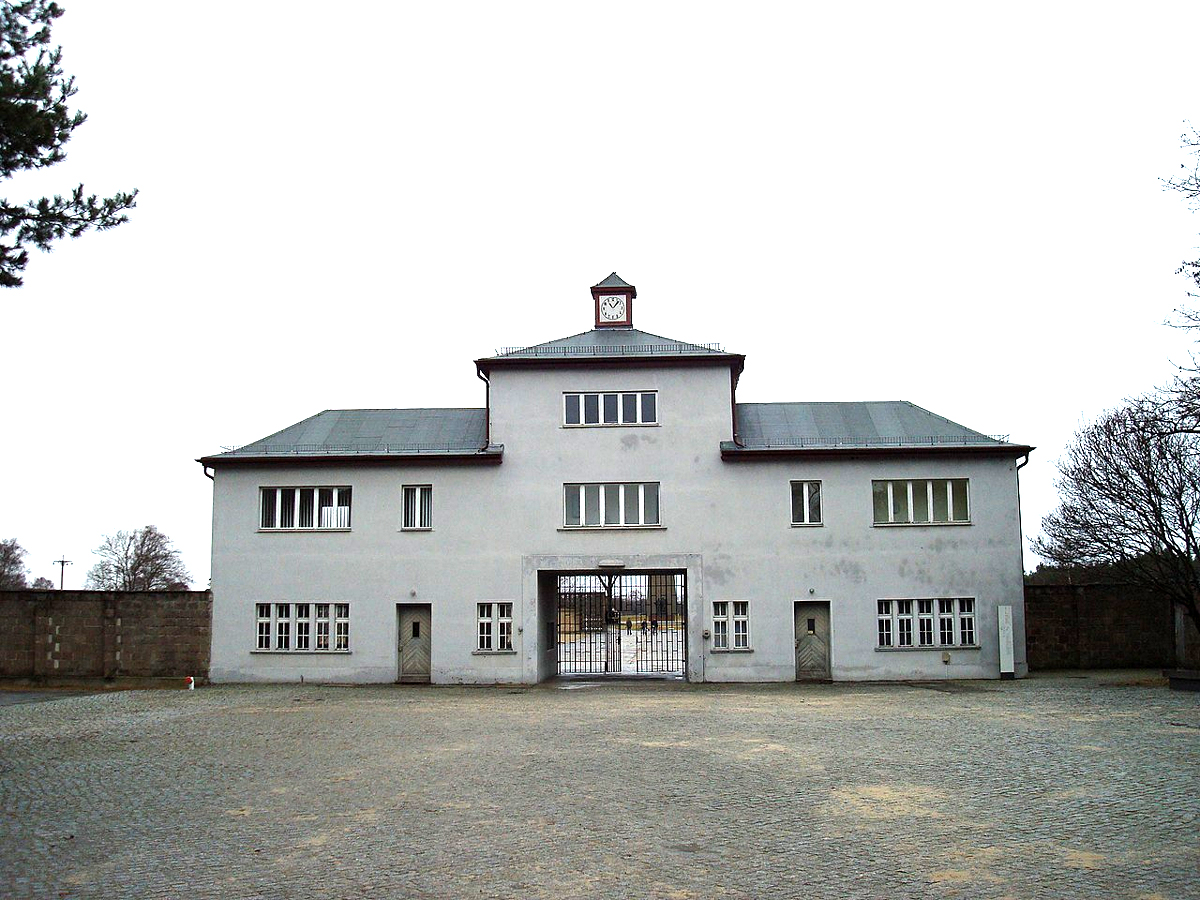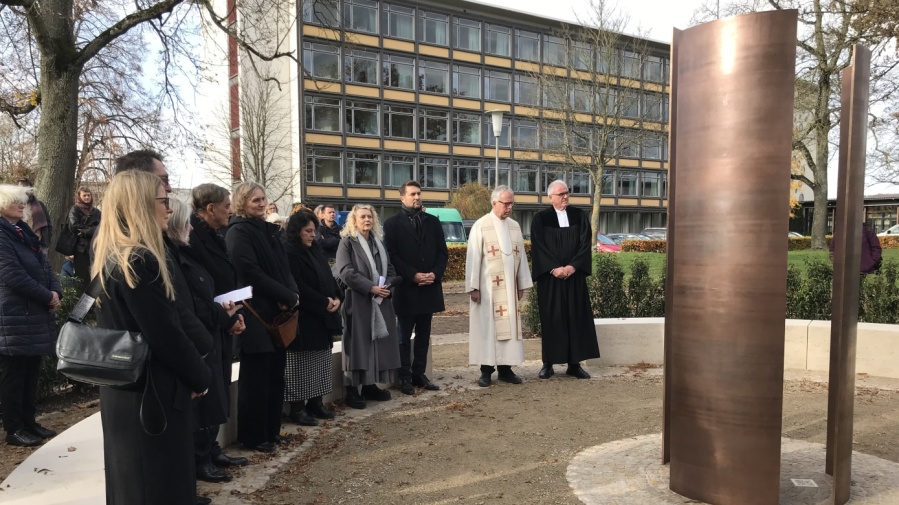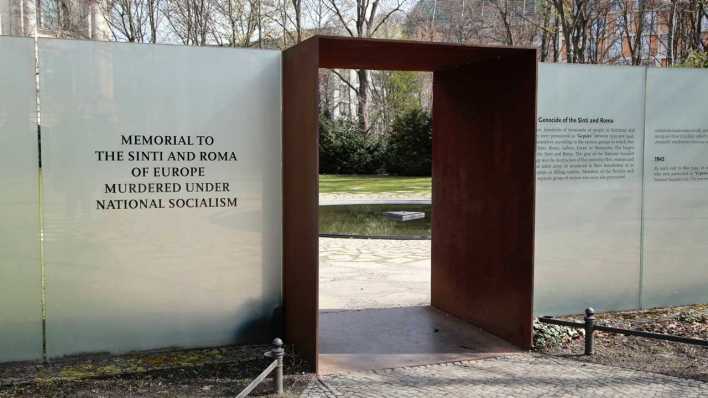No case of enticement to racial hatred will be filed against the old politician from Bremen, who excluded from the SPD Bremen. Korol had published racist statements against Roma immigrants from Southeast Europe on his website, which prompted his exclusion from the SPD Bremen. The prosecution based its decision on the argument that what Korol stated fell under freedom of opinion could not be considered as an incitation to racial hatred. Korol had claimed on his website that Rroma live “socially and intellectually in the Middle Ages, their men have no inhibitions to send their children to beg instead to school or to kick their women’s teeth” (Stengel, 2013).
In Amstetten a group of travelling by Rroma wanted to set up a temporary camp in front of a former auction hall. Camping is however prohibited there. The group was evicted by the local police. The incident occurs at a time where in the debate in Europe around migration due to poverty, Rroma are increasingly discussed and simplifying stereotypes about them are in circulation (The Courier 2013).
In Nienberge in Westphalia, a group of a dozen Rroma settled on truckers’ stop. The site had been previously been locked. Social Councillor Thomas Paal is unhappy that this space is being used. It is unfit for this purpose, especially for families with children. Ms. Brigitte Hasenjürgen in charge of this place is committed to keep it open. The immigrants from Romania are planning to stay in Germany and enrol their children in school there (Peter 2013).
Around 5000 Rroma live and work currently in Schleswig-Holstein. The Commissioner for Minorities Renate Schnack asked the residents of the area in a public announce to support the Rroma in their efforts to integrate. As part of the project “Maro temm” (Our Land) of the Housing Association of the Sinti in Kiel, 13 housing units for needy Rroma were built (Shz 2013).
In the Neukölln district of Berlin on can currently see the exhibition “The Rroma Image Studio”. The exhibition gives Rroma artists the opportunity to present a self-view of the group whose identity is otherwise mostly represented by outsiders. The show is intended to enable a view beyond that of the “racist clichés, the supposedly criminal migrant workers or [the] kitschy images of Balkan and Gypsy folklore”. The black and white portrait series “Mas Vilag” shows for example a fragmentation and complexity rather than a clear, singular view of the Rroma self-identity (Oxen 2013).
The NZZ (2013) speaks on the Rroma debate in Germany. It commented that it was quite relevant, whether in the debate on poverty immigration, one talks about ethnic or social issues and background. In the first case one will speak about cultural tolerance and minority rights while in the case of “social issues”, of individual rights and social standards. The so-called “Rroma problem” is much more a question of poverty rather than a lifestyle choice. In the course of post-socialist transformation to capitalism, large masses of Rroma were impoverished. This themes should be the prominent ones, and not the questions of ethnicity.
Sources:
- Kurier (2013) Roma-Karawane musste Stadtgebiet verlassen. In: Kurier (Österreich) vom 7.5.2013.
- NZZ (2013) Die Roma und die «Armutseinwanderung». In: Neue Zürcher Zeitung vom 10.5.2013.
- Oxen, Nicolas (2013) Weg vom Roma-Klischee. In: Neuköllner.net vom 8.5.2013.
- Peter, Sandra (2013) Zwei Toilettenhäuschen für Mirgranten-Landfahrerplatz bleibt Notlösung. In: Westfälische Nachrichten vom 8.5.2013.
- Shz (2013) Kommunen sollen Sinti und Roma unterstützen. In: Schleswig-Holsteinischer Zeitungsverlag (shz) vom 8.5.2013.
- Stengel, Eckhard (2013) Hetze gegen Roma bleibt straflos. In: Berliner Zeitung vom 7.5.2013.






